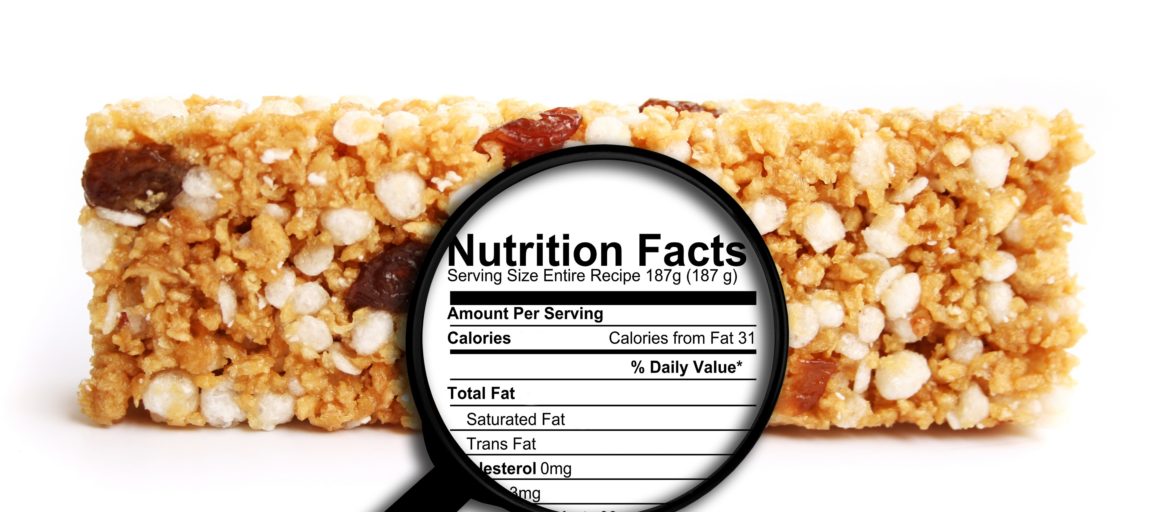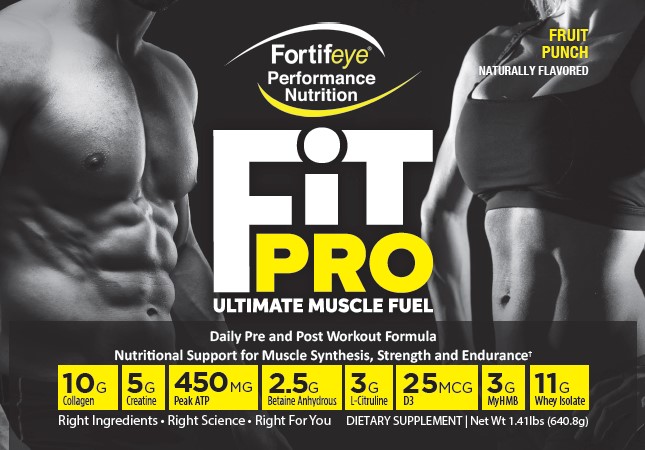We hear about the powers of omega-3 everywhere these days. Advertisements about krill oil, squid oil, green muscle oil, flaxseed oil, chia seed oil, and fish oil are everywhere. The majority of these ads are based on true science; however, the product that is being sold is usually a watered-down version or chemically-altered version of what has been studied. These omega-3 supplements are usually promoted with the help of a huge marketing campaign that reels buyer’s in with a quality discount and an auto-ship sign up. Companies will cut corners by using weak, inferior nutrients. Regardless, they’ll hype up the supplement in order to make big, profitable sales. Do not fall for many of these nutritional promotions until you have done your homework!
Omega-3 fatty acids are polyunsaturated fats that are associated with numerous health benefits. These omega-3s must be a staple in your diet. There are 3 types of omega-3s: Alpha Linolenic Acid (ALA) derived from plant oils, Eicosapentaenoic Acid (EPA) derived from marine oils, and Docosahexenoic Acid which is derived from marine oils. The process to convert plant ALA to Omega-3 EPA and DHA is very difficult and only women of childbearing ages can convert small amounts. So, omega-3 fatty acids are best derived from marine sources.
Most people are omega-3 deficient because their diet lacks in marine-sourced protein. The best sources for omega-3s come from sardines, wild Alaskan salmon, tuna, rainbow trout, and other fatty fish. Most nutritional experts recommend eating these types of fish 2 to 3 times per week. This may not be a realistic dietary option for many, so supplementing with a good triglyceride form or re-esterfied triglyceride form omega-3 fish oil is recommended. This is where the problem begins; it’s difficult to find a high-quality fish oil in the right form with the right levels of EPA and DHA.
The majority of omega-3 sold at local stores today are an inferior form called ethyl ester form of omega-3. 95% of all omega-3 fish oil is ethyl ester form. This is a highly-processed and inexpensive way to concentrate omega-3 to higher levels. It’s very inefficient, absorbs very slowly, is unstable, and goes rancid quickly and can result in a nasty burp back and digestive issues. However, it is sold in large bottles at a cheap price, which makes it appealing to the masses.
A quick test that can be done to determine if your fish oil is ethyl ester form is to squeeze the contents into a styrofoam coffee cup. If it dissolves a hole through the cup in a few minutes, then you know it contains ethanol in the fish oil and is the inferior ethyl ester form. When looking for a good omega-3 fish oil, look on the label to see if it says natural triglyceride form or re-esterfied triglyceride form. Both of these would be acceptable. The consumer must also be aware of the actual quantity of the omega-3 EPA and DHA levels per serving size. I along with most nutritional experts will recommend a minimum of 900 EPA and 600 DHA daily for optimal health benefits. These levels would be adjusted higher based on weight, age, diet, and health conditions. Look for total omega-3 levels and true EPA and DHA levels when shopping. Do not be misled by the total volume of fish oil; look for total omega-3. Many omega-3 manufacturers (especially krill oil manufacturers) are notorious for marking the front of the bottle with a large number like 1000mg of krill oil, yet the actual EPA and DHA is only 100mg.
If you are not able to eat good fish frequently, I highly recommend supplementing with a high-quality omega-3 fish oil in the triglyceride form or re-esterfied triglyceride form. Omega-3 is the most studied nutrient on the planet and almost all the evidence points to only positive health benefits from the addition of omega-3 to your diet. Some of the clinically studied health benefits of consuming more omega-3s are: improved heart health, lower triglycerides, better cholesterol ratio, lower blood pressure, decreased plaque in the blood vessels, decreased depression and psychological issues, improved eye health, decrease inflammation throughout the body, decreased neurodegenerative symptoms, and improved joint and skin health. Studies indicate that an omega index (ratio of omega-3 to omega-6) above 8 has heart health benefits. These same studies suggest that if these levels stay above 8, there is a reduction in the possibility of getting a heart attack or stroke.
After researching this omega-3 arena for many years, I went on a research trip to Norway and developed Fortifeye Super Omega. I then did an omega index study. Patients used 2 gel caps of Fortifeye Super Omega per day. I found that 100% of the patients in the study that were less than 250 pounds had an omega index between 9.2 and 11%. They were all in the heart-healthy zone by taking 2 Fortifeye Super Omega that contain an EPA of 900 and DHA of 600 in 2 gel capsules in the Triglyceride form. Currently, doctors all over the world are recommending Fortifeye Super Omega to their patients. Newer emerging studies from 2019 are suggesting that even higher levels of EPA and DHA may be more beneficial for our health, so I developed and released Fortifeye Super Omega-3 Max in the middle of 2019. I developed this to have a supplement available for those that may need higher levels of EPA and DHA. This new omega has an EPA of 1200 and a DHA of 900 in 2 gel caps, which makes it one of the most potent omega-3 in a gel cap on the market.
Both Fortifeye Super Omega and Fortifeye Super Omega-3 Max are made at the top Norwegian fish oil factory in Aselund, Norway. To learn more about these omega-3 supplements, you can go to www.Fortifeye.com. Most of the scientific evidence available today is proving only positive benefits from consuming more of the right form and quantity of omega-3. So be healthy and eat more fish or consume more omega-3 supplements.




